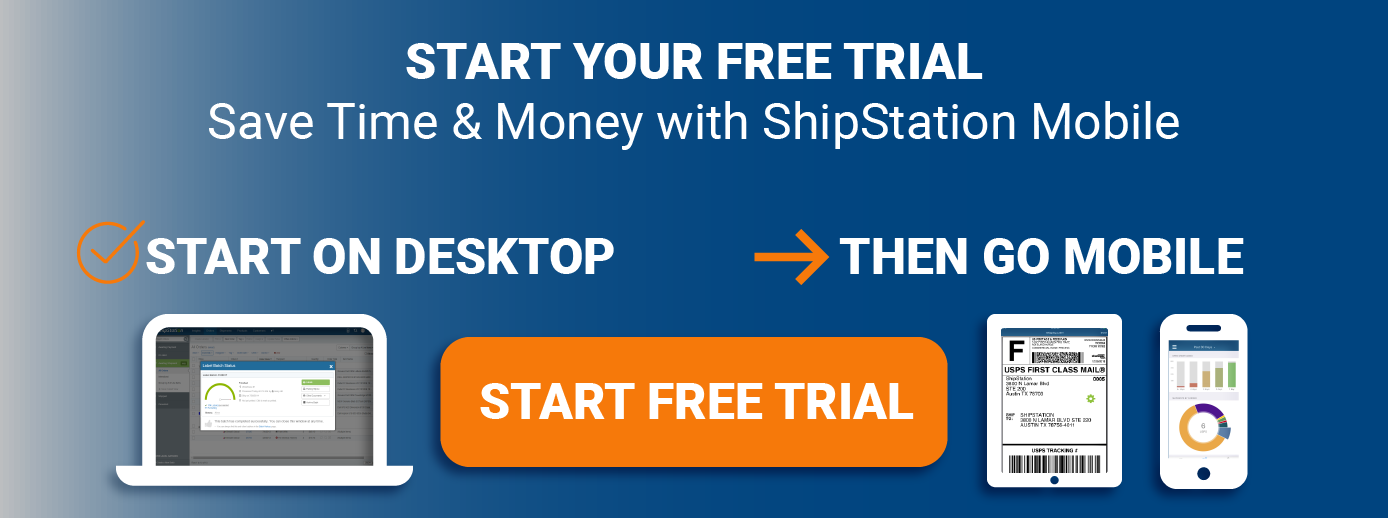Improve Customer Service with Better Ecommerce Shipping

This post was contributed by Joel Kalish of Alluvia, provider of automated integration between ERP systems and a variety of commerce, logistics, CRM, and other popular applications and platforms.

No matter how you package it, shipping plays a big role in shaping the online customer experience. Recent statistics show just how important shipping is.
In 2017, more than 50% of U.S. shoppers abandoned their carts due to expensive shipping. And 44% did not purchase due to a lack of free shipping. Slow shipping caused another 26% to leave their items behind.
Why have customers become so demanding when it comes to ecommerce shipping? Amazon has a lot do with it. Almost 90% of participants in a recent Total Retail survey feel Amazon has changed customers’ delivery expectations. Amazon Prime members receive free two-day shipping. And qualifying orders over $25 receive free shipping, even if the customer isn’t a Prime member. The bar has been set.
Fortunately, we have some tips for a successful ecommerce shipping strategy. Here’s how improve the online customer experience and keep you competitive with the online giants.
Three ways to improve customer service with shipping
1. Provide an estimated delivery date and tracking updates.
Customers want to know when their package will arrive. Provide an estimated delivery date during the checkout process, not after. A shopper who completes a purchase only to find out their item will arrive three days after they need it won’t buy from you again. Even if your shipping times are longer than you’d like, be upfront about them. It will earn you trust and credibility.
But don’t stop there. Customers also want to know when their package has physically shipped. If a window of delivery is available or the estimated delivery has changed, they want to know this as well. Send tracking information and shipping updates via email or text message. Today’s information-hungry shoppers are eager for these updates. So be sure to provide them.
2. Offer multiple ecommerce shipping options.
Of course many customers value free shipping. In fact, many shoppers are willing to add items to their cart just to earn premium shipping and avoid fees. This type of earned free shipping policy can help increase sales enough to offset the cost you incur from waiving the shipping fee.
But free shipping is not the Holy Grail for all shoppers. Sometimes customers need an item immediately and are willing to pay extra for it.
Providing options that balance cost and delivery time are also important. Take the time to explore what the main shippers such as UPS and USPS can offer. Consider a partnership with a local delivery service. Or use physical stores as distribution centers. This allows you to offer customers flexible ecommerce shipping options that keep them happy.
3. Improve order fulfillment.
Reducing the time between order placement and shipment provides a better customer service experience. Follow ecommerce fulfillment best practices to get orders out the door faster.
Make sure you have real-time updates to your inventory so orders are not placed for items that are out of stock. Avoid errors and save time by having orders transferred to your Enterprise Resource Planning (ERP) system. Additionally, automate shipping label creation to speed up the process.
Integration powers ecommerce shipping efficiencies
Whether you decide to try one or all three of the shipping tips we discussed, using and integrating the right tools will help you get the best results quickly.
Two of the most important solutions online sellers need are ecommerce shipping software and an ERP system. And these two platforms need to be integrated. Because when they are, you can automatically exchange order details, payment information, tracking updates, and delivery confirmation between them. This integration streamlines the entire order fulfillment process.
Integration turns your ecommerce business into a well-oiled machine. All systems can speak to each other automatically, resulting in:
- The end of manual data entry errors
- Faster order fulfillment
- Real-time inventory updates
- Easy access to important shipping and tracking information
This seamless communication enables you to deliver a better customer experience— one that is on par with those being offered by the Amazons of ecommerce. For more tips on how you can compete with the giants in the ecommerce marketplace, check out this blog from Alluvia, dedicated to helping retailers succeed.



